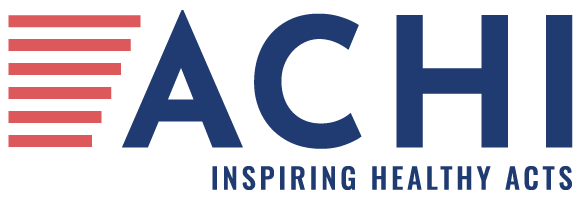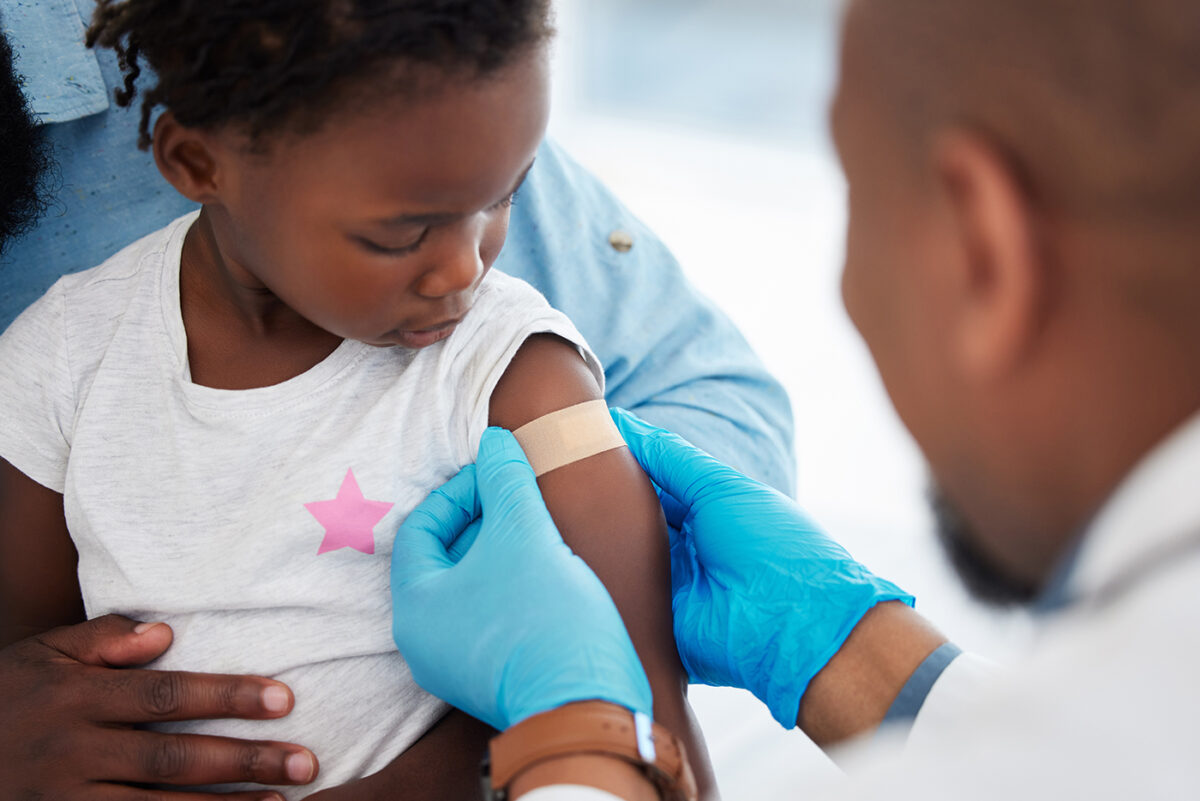
Author
John Lyon
Strategic Communications Manager
Contact
ACHI Communications
501-526-2244
jlyon@achi.net
Oral health is critical to overall health and well-being, but people in Arkansas and nationwide who struggle to make ends meet are less likely to access dental services and more likely to have poor dental health outcomes than people with higher incomes, according to new national-level and state-level issue briefs from United for ALICE.
The briefs also show that for many oral health measures, Arkansans in lower-income households fare even worse than national averages for lower-income households.
Founded in 2009 by the United Way of Northern New Jersey, United for ALICE is dedicated to shining a light on the challenges faced by ALICE — an acronym for asset-limited, income-constrained, employed — households, or households that have incomes above the federal poverty level but struggle to meet basic needs such as housing, childcare, and food. The number of U.S. households below the ALICE threshold — including both households below the federal poverty level and ALICE households — was 54.8 million, or 42% of all households, in 2023, according to United for ALICE. In Arkansas, 537,094 households, or 44% of all households, were below the ALICE threshold in 2023.
In its latest issue briefs, United for ALICE highlights what it terms a “dental divide” in the U.S., based on its analysis of data from the Centers for Disease Control and Prevention, the U.S. Census Bureau, and other sources. The briefs compare oral health metrics between individual states and the nation, between lower-income and higher-income households, and between rural and urban areas.
Key Arkansas Findings
- In 2024, 47% of Arkansas adults (age 18 and up) below the ALICE threshold had a dental visit within the prior year, compared to 67% of Arkansas adults above the threshold. Nationally, 59% of adults below the ALICE threshold had a dental visit within the prior year, compared to 72% above the threshold.
- Twenty percent of people below the ALICE Threshold in Arkansas reported in 2024 that they had not visited a dentist or a dental clinic for any reason in five or more years. The national average was 13%.
- In 2024, among Arkansas adults below the ALICE threshold, 29% reported that six or more of their permanent teeth had been removed because of tooth decay or gum disease. The national average was 17%.
- In 2023, in the South Census Region, which includes Arkansas, 34% of people below the ALICE threshold reported that they had to forgo dental care in the prior 12 months due to cost. Nationally, 30% had to forego care.
- In the South Census Region in 2023, 77% of parents in households below the ALICE threshold reported that their child had received care from a dentist or other oral health care provider in the prior year, compared to 87% of parents in households above the ALICE threshold. Nationally, 79% of parents in households below the ALICE threshold reported that their child had received dental care in the prior year, compared to 89% above the threshold.
- In Arkansas in 2023, 66% of households below the ALICE threshold lived in communities with no access or low access to dental care providers.
- In Arkansas in 2023, 92% of households in rural areas had low access to dental providers, compared to 44% of households in urban areas. Nationally, 87% of households in rural areas had low access to dental providers, compared to 27% in urban areas.
- Thirty percent of Arkansas adults did not have dental insurance in 2024, compared to 26% nationally.
Creating Data-Driven Solutions
“Capturing the true extent of financial hardship in the United States is critical for creating data-driven solutions that lead to improved outcomes,” the briefs’ authors state. “Strategically addressing oral health needs and creating policies and systems that work for all will require participation from multiple sectors and from government at the local, state, and federal levels.”
Related resources available from United for Alice include a database of practices, programs, and policies being implemented by ALICE partners; an interactive map showing how many households are below the ALICE threshold in each state; and an interactive tool for comparing household incomes to basic household expenses at the state and county levels.
For more information on the state of oral health in Arkansas, see our recent blog post.






